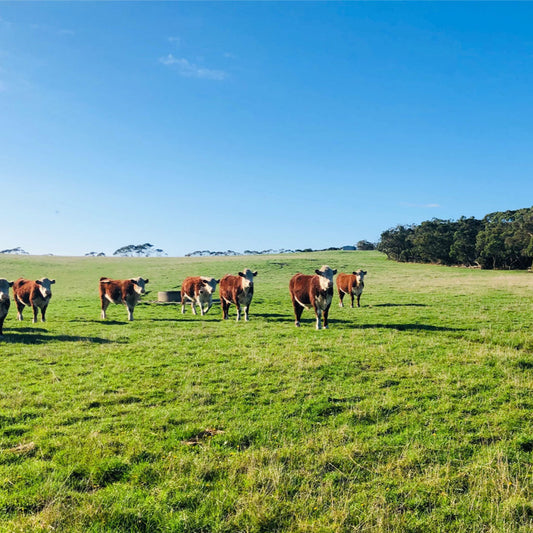
Top 3 Nutrition Labels You Need to Understand
When it comes to shopping animal proteins, there are many different nutrition labels out there. It can be hard to keep track of which ones to really pay attention to. After taking a deep dive into beef labeling, I wanted to share more information around nutrition labels. Do not ignore these nutrition labels!
Pasture-Raised Nutrition Label
Believe it or not, the best label to look for across all three proteins is pasture-raised. The pasture-raised label lets us know that the animals were allowed outside on pasture for at least 120 days a year. Whether it be hens or sows, animals that can exhibit their natural behavior outdoors foraging on pasture (bugs included!) are ideal. Let me break it down a little further in regards to hens so you can understand why this label is the one to look for.
When it comes specifically to chicken and eggs, you will find the labels cage free and free range. These sound ideal but aren’t the top picks for what to buy. Cage-free simply means the hens are not kept in battery cages. The reality is, they are still confined to an indoor aviary or barn and they are usually kept in close quarters with other hens. The term free range means that there is outdoor access from the aviary or barn. The key word here is access, and it doesn’t have to lead the way to a big, lush pasture (other surfaces, such as concrete, are permitted and there can be a broad range around how much outdoor space is actually given to the birds). If you want to ensure that the hens are getting ample outdoor time to forage, look for the term pasture raised. But even with pasture raised chicken and eggs, you will want to reach out to the brand to see how much time the hens are out on pasture, and how many square feet they have to roam about.

No Antibiotics Administered Nutrition Label
We can all agree that unnecessary antibiotic use is a big no-no. The industry has decided that routine use of antibiotics helps animals stay healthy and grow. Antibiotics are usually added to feed or water. But it is believed that this preventative practice could contribute to antibiotic resistance. To ensure that the proteins you are buying were not proactively given antibiotics, look for labels that state no antibiotics administered or no added antibiotics. If animals are ill and in need of antibiotics, then they are treated so that they can get better. It is important to note that this is different than a ”never ever 3” label claim. Under Never Ever 3 (an established marketing standard from USDA AMS), no antibiotics are ever given to the animals.

Organic Nutrition Label
The Organic label covers a lot of different factors. Organic labels tell you that no antibiotics are used, no added hormones are given, and the products are also non-GMO. Although you should be aware that addition of hormones to poultry and pork is not allowed per federal regulations. Additionally, all feed given to the animals must be certified organic and animals must have outdoor access.

Overall, these are my top 3 nutrition label picks when shopping for chicken, eggs, and pork. Beef is a whole other animal (pun intended) – make sure to look for pasture raised and grass fed and finished!



